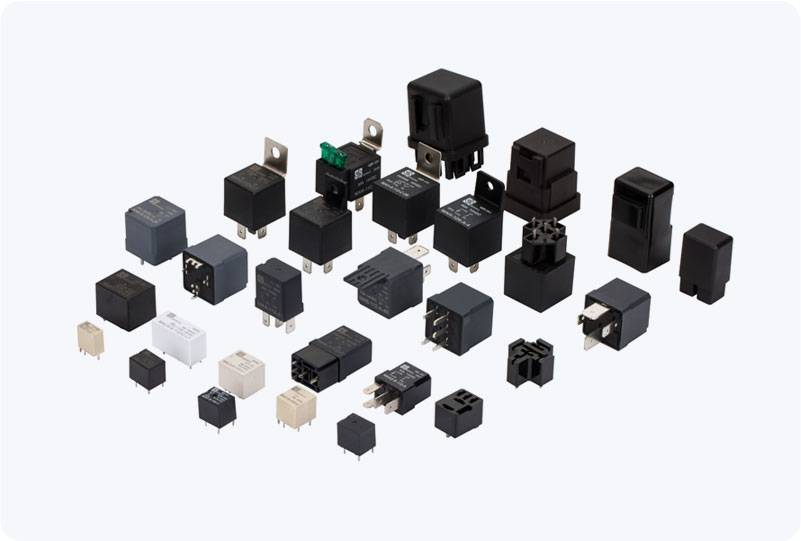understanding motor overload relay: its importance and functionality
Release time:2025-05-21 05:36:40
A Motor Overload Relay is a crucial electrical protection device designed to safeguard electric motors from damage due to overheating. Electric motors are at the heart of numerous industrial applications, from manufacturing to HVAC systems. These motors are often exposed to heavy workloads, variations in operating conditions, and electrical faults that can lead to serious consequences if not properly managed. Overheating is one of the most common causes of motor failure, and the Motor Overload Relay serves to mitigate this risk by detecting unusual temperature increases and disconnecting the motor before permanent damage occurs.

The Basics of Motor Overload Relay
A Motor Overload Relay is typically installed as part of the motor control circuit. It is a device that senses the motor's current or temperature and operates a contact to disconnect the motor from its power supply when an overload situation is detected. The overload relay works by monitoring the current drawn by the motor. If the motor draws more current than its rated capacity for a prolonged period, the relay trips, cutting off the power and preventing the motor from burning out.
The most common types of motor overload relays are bimetallic and electronic relays. Bimetallic relays rely on the heating effect of the current to bend a metal strip, which eventually trips a switch. Electronic overload relays use sensors and microprocessors to detect overheating and overload conditions. While bimetallic relays are simpler and more cost-effective, electronic overload relays provide more accuracy and flexibility in terms of customization and integration into smart systems.

